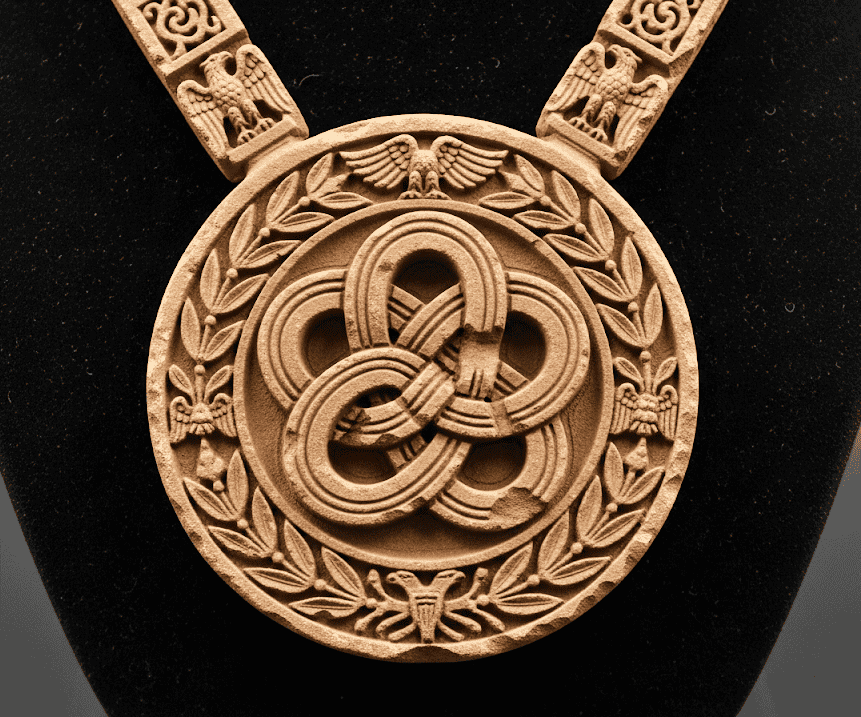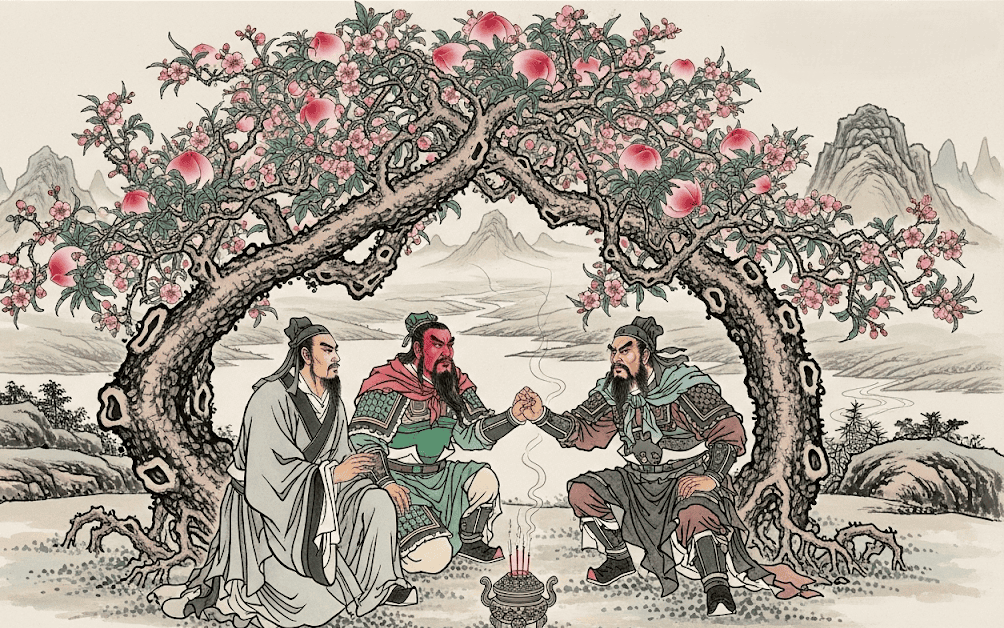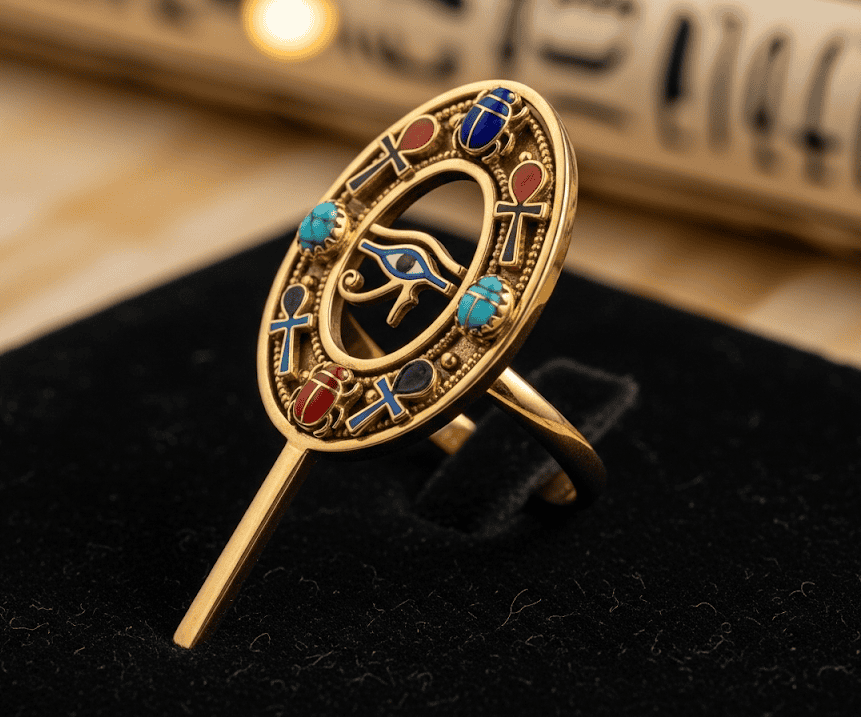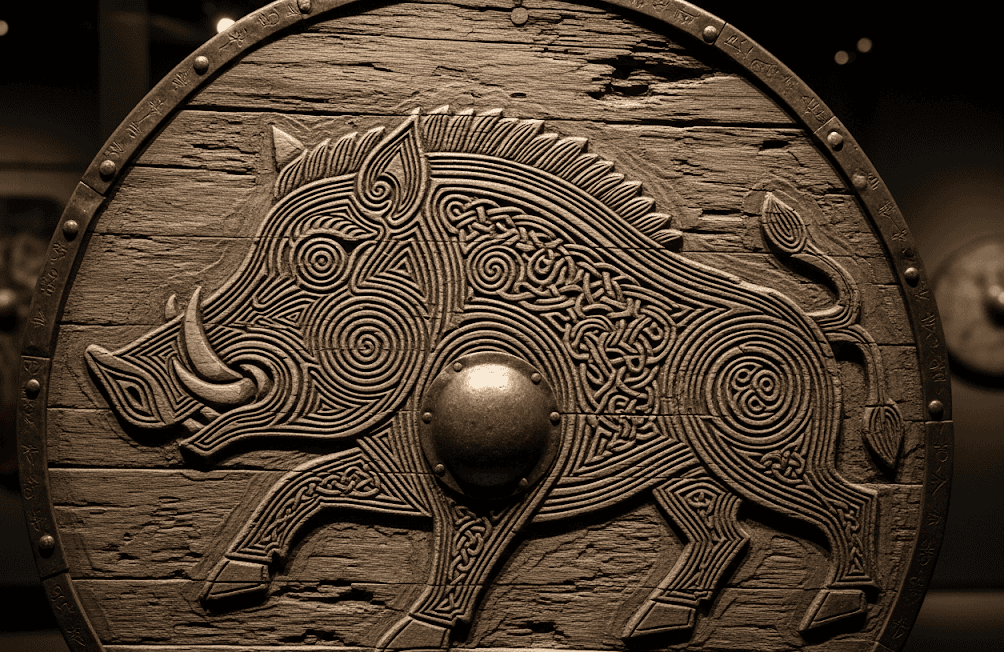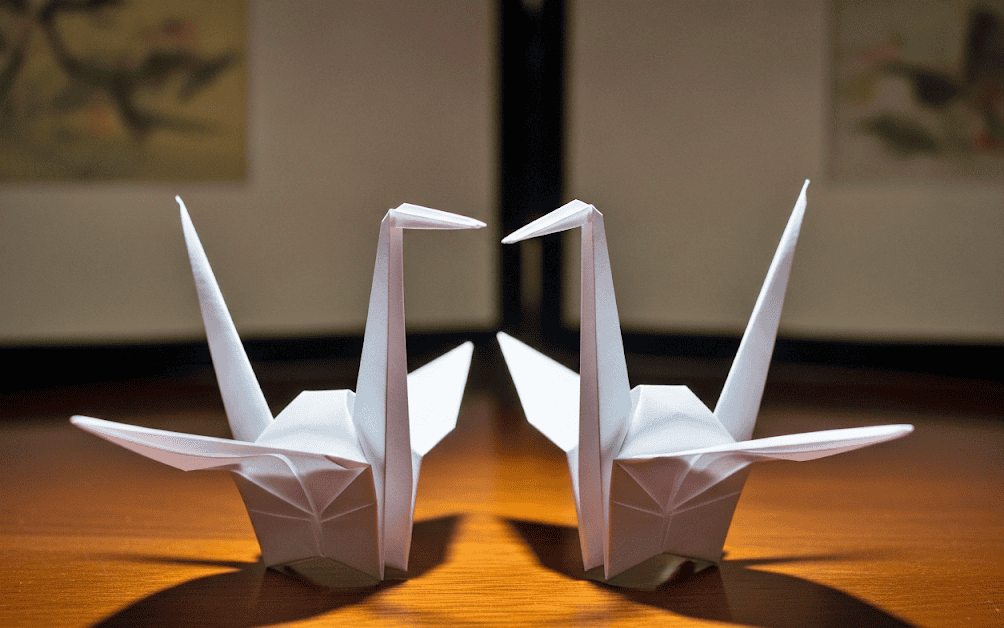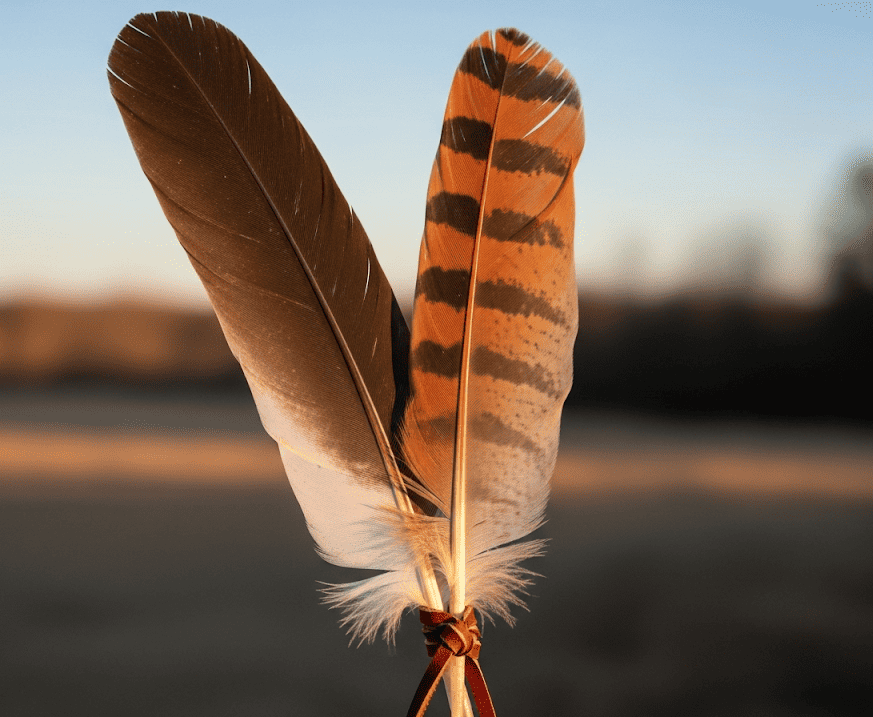Throughout history, people have turned to myths, stories, and symbols to explain the invisible bonds that tie human beings together.
Friendship — one of the most cherished connections — found expression in tokens, creatures, and divine emblems across cultures.
These symbols were more than decorative; they carried meaning, stories, and sacred weight. Some were shared between companions as pledges, while others were woven into the myths of gods and heroes.
From charms and animals to celestial patterns, friendship in myth was marked with signs that reminded people of loyalty, trust, and unity.
1. The Knot of Amicitia in Rome
The Romans treasured the bond of amicitia, a form of friendship that went beyond casual companionship, blending loyalty, respect, and shared duty.
One of its most enduring symbols was the knot. Roman friends would sometimes tie cords or threads together as tokens of their bond, believing the knot’s unbroken loop represented an everlasting tie.
The imagery carried into jewelry, rings, and carved stonework, where the knot was used to mark alliances between soldiers or political allies.
For Romans, the knot was not simply a decorative flourish — it was a visible assurance that friendship could withstand time, distance, and misfortune.
2. The Twin Stars Castor and Pollux
In Greek mythology, few friendships were as enduring as that of the Dioscuri, Castor and Pollux. Born of different fathers but bound as brothers, their story became a timeless emblem of loyalty.
When Castor died, Pollux begged Zeus to let him share immortality with his brother, and together they were transformed into the constellation Gemini.
Across the ancient world, these twin stars became symbols of protection and unity. Their myth told of a friendship so strong it reshaped the heavens.
Sailors prayed to them for safe voyages, believing that as long as the brothers shone together, no storm could break the ties of comradeship.
3. The Chinese Peach of Loyalty
In Chinese mythology, the peach tree carried meanings of immortality, vitality, and sacred bonds.
But it was also a symbol of friendship, particularly in stories like that of the Peach Garden Oath, where three heroes — Liu Bei, Guan Yu, and Zhang Fei — swore eternal loyalty to one another under its branches.
The peach was thus not just a fruit of health and long life but also of trust, the sweetness of companionship, and promises made in sincerity.
Exchanging peaches or sitting beneath their blossoms became a poetic way to signify bonds that were meant to endure as long as life itself.
4. The Norse Handshake Oath
Among the Norse, oaths of friendship and loyalty were often sealed with handshakes — a gesture so central to their culture that myths linked it to the gods themselves.
When two people clasped hands, they were invoking a sacred pledge witnessed by divine forces. In sagas and stories, this gesture was as binding as any written contract.
Warriors swore blood-brotherhood in this manner, cutting their palms and letting their blood mingle while their hands were clasped tight.
The handshake became more than a greeting; it was a mythic sign of unity and mutual defense, sanctified by divine expectation.
5. The Egyptian Shen Ring
Ancient Egypt was rich in symbols, and among the most enduring was the shen — a circle with a line tangling into itself, representing eternity and protection.
Though often associated with divine safeguarding, it also carried meanings of lasting bonds.
Friends could exchange tokens bearing the shen as a way to affirm that their companionship was blessed by the eternal cycle of life and rebirth.
The symbol appeared in amulets, jewelry, and inscriptions, acting as both a charm and a reminder that friendships, like the sun’s daily journey, were part of a never-ending rhythm.
6. The Celtic Boar of Brotherhood
In Celtic mythology, the boar was a creature of courage, ferocity, and honor. But beneath its martial image, it also represented fellowship among warriors.
Hunters and companions who shared the meat of a boar were said to be bound in unity, tied by loyalty through the act of sharing in its strength.
Boars frequently appeared on Celtic shields, coins, and carvings, marking not only protection in battle but also the friendship and trust that made survival possible.
To fight alongside someone beneath the banner of the boar was to affirm a deep connection of brotherhood and shared fate.
7. The Japanese Crane Pair
In Japanese mythology, the crane was a bird of longevity, good fortune, and fidelity. While often associated with love, it also symbolized enduring friendship, particularly when depicted as a pair.
Friends who gifted one another folded paper cranes were exchanging more than a delicate craft — they were giving a sign of mutual respect and loyalty.
The crane’s grace and constancy in flight became a metaphor for friendships that lifted both parties and endured hardship.
In Shinto traditions, cranes were sometimes seen as messengers of the gods, making their symbolism of companionship even more sacred.
8. The Indian Banyan Tree
The banyan tree, with its sprawling roots and endless branches, stood as a sacred emblem in Indian mythology. It was considered a place where friends and travelers gathered for shade, conversation, and trust.
The tree itself represented endurance and community — every root connecting with others to sustain life.
In stories, companions who pledged their bond beneath a banyan were invoking not only each other’s trust but also the vast interconnectedness of life.
Its symbolism as a living shelter made it a natural emblem of friendship, where unity was as vital as the air breathed beneath its canopy.
9. The Persian Cypress of Loyalty
In Persian myth, the cypress was a tree beloved by gods and kings, a symbol of endurance, grace, and faithfulness.
Friends exchanged its imagery as a sign of loyalty, particularly in Persian poetry, where it stood tall as a metaphor for unwavering companionship.
The tree’s unbending height and evergreen nature made it a fitting emblem of bonds that did not falter with the seasons.
Among Zoroastrian traditions, planting a cypress was an act of sacred dedication, and those who gathered beneath it were thought to be shielded by divine favor. As such, it carried weight as a friend’s promise never to abandon the other.
10. The Native American Two-Feather Token
In various Native American traditions, feathers were sacred, each carrying meanings tied to spirit, strength, or guidance.
When two feathers were bound together, they symbolized unity, balance, and the trust between companions.
Such tokens could be exchanged as a gesture of lifelong friendship, a promise carried with the same reverence as a spiritual gift.
The feathers themselves were considered messages from the divine, and to share them was to share one’s own path.
In stories and rituals, the two-feather emblem became a sign of companionship that went beyond words, an unspoken oath of loyalty, protection, and mutual respect.

Ho sempre sentito una forte connessione con il Divino fin dalla mia nascita. Come autrice e mentore, la mia missione è aiutare gli altri a trovare l'amore, la felicità e la forza interiore nei momenti più bui.


